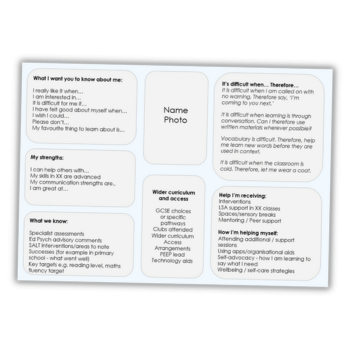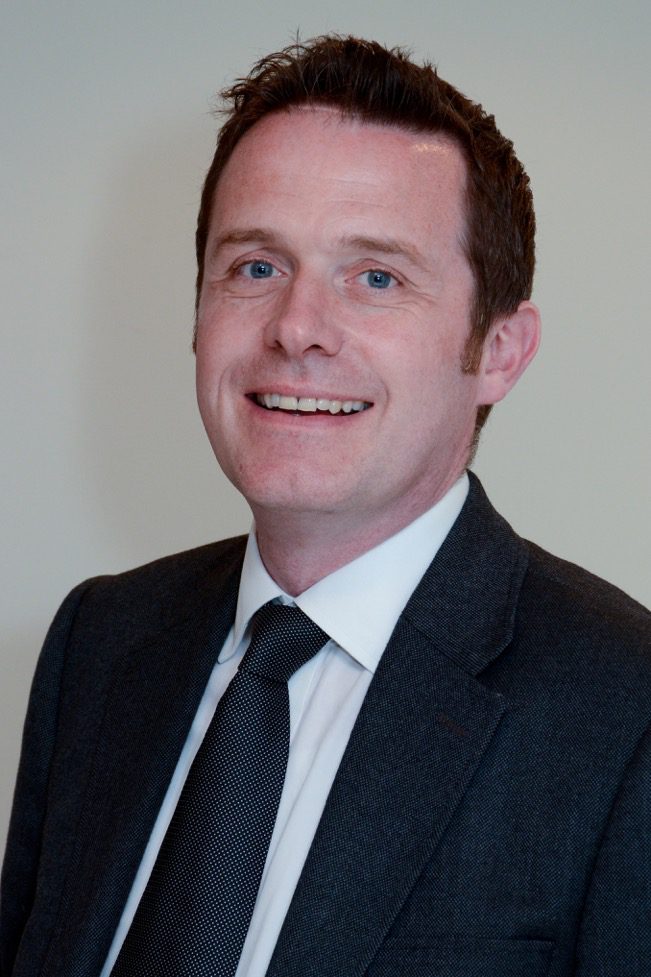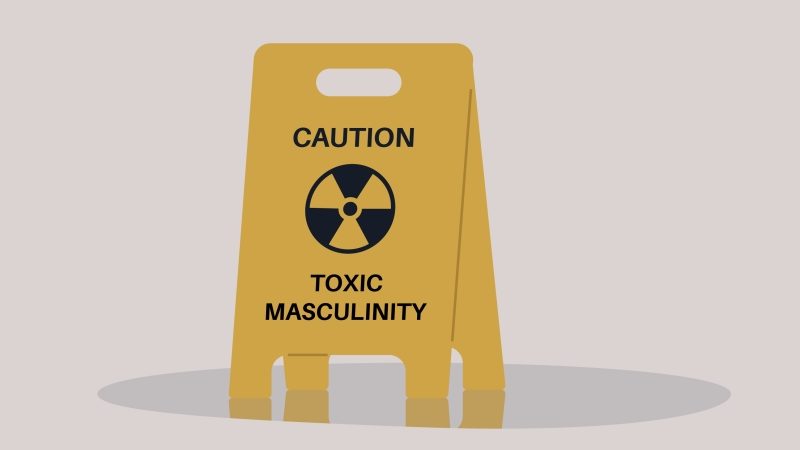Ever increasing circles – What the spiral curriculum can do for your students

In the first of a new series looking at different teaching and curricular styles, Michael McGarvey considers the Spiral Curriculum…

The concept of the Spiral Curriculum was first developed by educational psychologist Jerome Bruner, who argued that “Any subject can be taught effectively in some intellectually honest form to any child, at any stage of development,” and that schools waste time by postponing ‘difficult’ topics.
In the Spiral Curriculum, a new topic is introduced to students in its most basic form without much detail or explanation. Then, as learning progresses, more details are introduced which build on these basics, adding depth and breadth to the content.
This means that students revisit the same constructs as they progress through their education, with the process of adding more detail helping to re-enforce prior learning each time.
Building understanding
Maths teaching traditionally incorporates this method. Children are first taught simple addition and subtraction facts, such as 2 + 2 = 4. This is then made more complex by introducing two-digit numbers – 33 – 21 = 12, for instance. As students progress through school, they apply these early skills of addition, multiplication, division and subtraction in more advanced contexts, such as (a +b) 2 = x2 + a2 + b2.
This concept can be integrated with varying degrees of complexity into a range of subjects – so what do educators need to know if they want to fully integrate the Spiral Curriculum in their own teaching? What are the advantages and drawbacks of using it when compared with other curricular styles?
One of the big appeals of teaching in this way is that gradually building on basic knowledge serves as revision for the students. This enables them to develop a deeper understanding of the topic, while also helping them to retain the information. This allows for logical progressions from simplistic to complicated ideas, and encourages students to make links between old learning and new learning.
Theoretically, it means that students will be equipped to solve problems independently, as the Spiral Curriculum gives them the basic knowledge of a topic and then provides them with new information as they develop problem solving skills more keenly.
Same old ground?
By its nature, however, adhering to the Spiral Curriculum involves the repetition of topics. This could be considered a drawback, if it frustrates students who feel they are not being given the opportunity to learn new things – or indeed teachers, who might feel they are using up valuable classroom time without offering anything new.
It may be beneficial for teachers to give frequent formative assessment, as this can show them what students remember from prior teaching and help differentiate between who needs extra practice and who is ready to move on.
Students should also be involved in active practice, consolidation and reflection in order to cement deep learning. In order for them to fully benefit from the Spiral Curriculum, they must produce their own work by applying the learned constructs, rather than passively learning information from a teacher’s demonstration.
The assessment question
Another potential difficulty to overcome is how to tackle testing. Because the students are learning skills and constructs rather than information, the ways of assessing this will need to be different.
Teachers must focus their assessment on how students can apply their knowledge of the subject in progressively more challenging real-world situations, rather than testing only the knowledge itself. Students should also be encouraged to reflect as they are assessed, so that they are better able to make links to past study and solve problems on their own.
While these drawbacks must be considered, the Spiral Curriculum incorporates features which have been linked to improved student performance, such as activating prior knowledge and encouraging independent learning.
It is effective because the content is structured to suit the learner’s, rather than the expert’s, sense of order – by putting a recurring emphasis on particular constructs throughout the learner’s school career, the breadth and depth of their understanding of a topic will increase.
This ultimately gives the learner the opportunity to make links between what they have learnt, to apply knowledge in different situations and to embed early skills, which they can then build on as their education progresses.
Michael McGarvey has over 20 years of experience in the global education sector, and currently works as the Director of UK Education at Cambridge University Press











